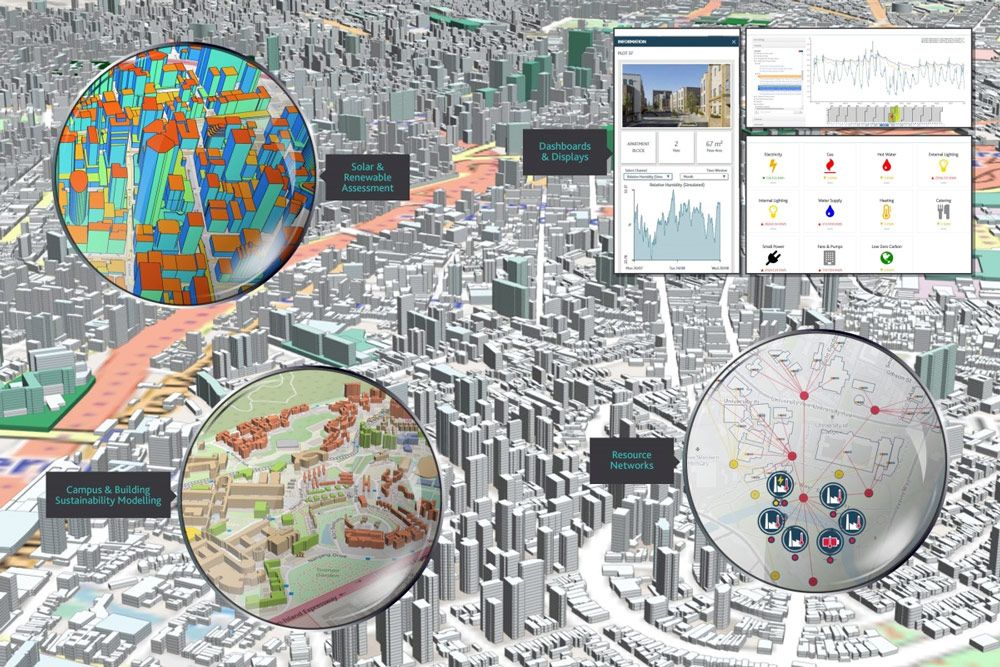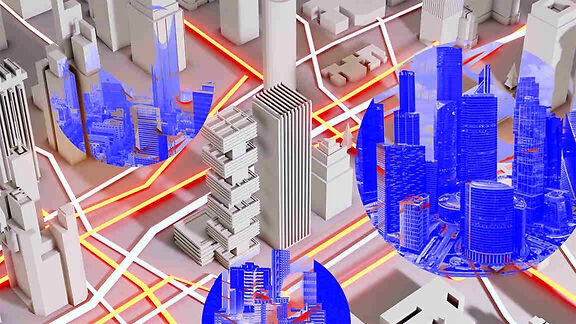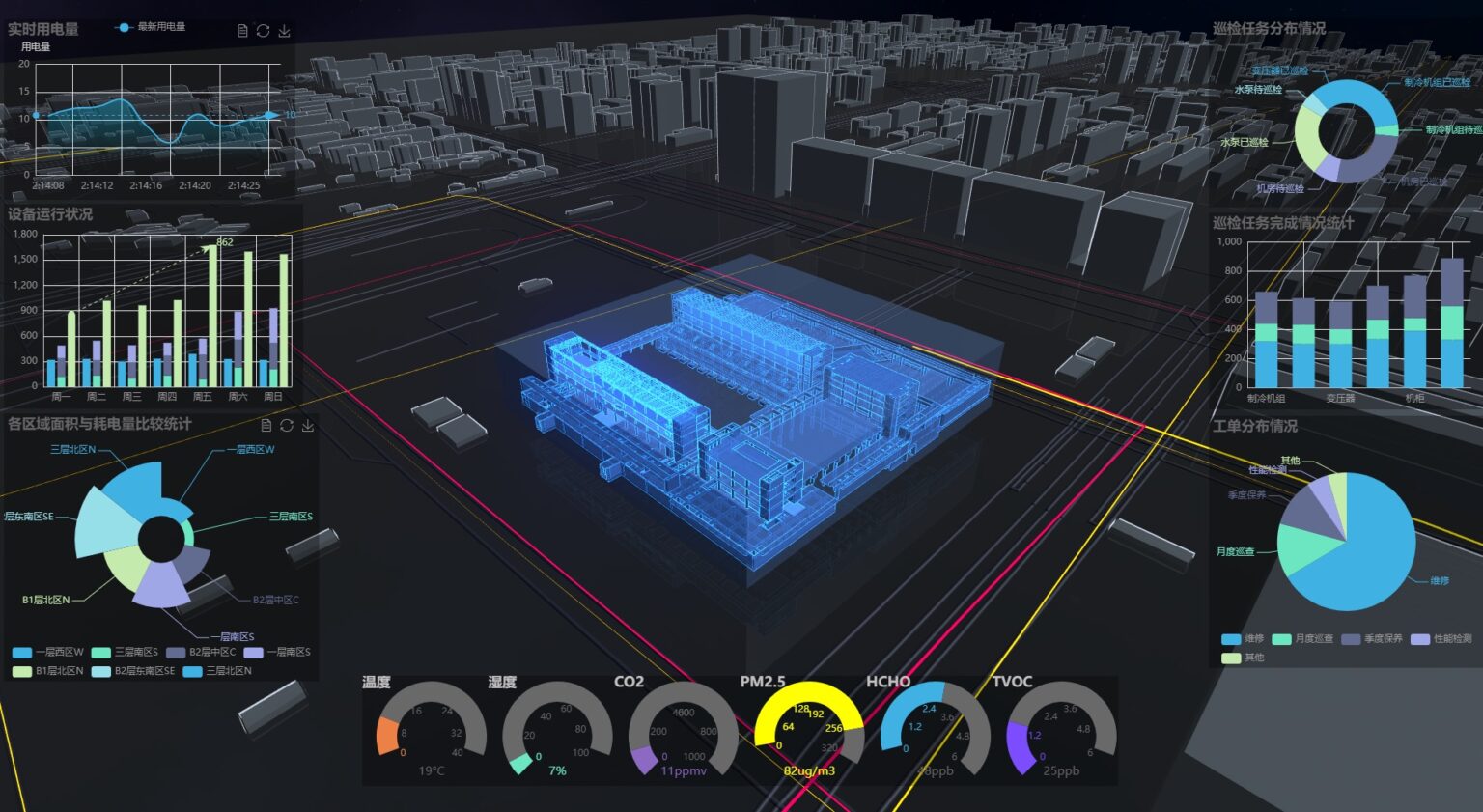Imagine a perfect virtual mirror of reality, a smart full scale digital twin of Qatar’s metro network. These digital twin models replicate physical systems, stations, rails, and dynamic behaviour in a virtual environment. It is like having a living, breathing digital city under the hood.
Engineers and planners build these twins so deeply that every curve, speed change, and passenger flow detail is accounted for. Through this virtual mirror they can run simulations, test ideas, and make bold decisions with confidence. It humanises the technology: you are seeing the metro grow in real time even before one track is laid in reality.
Simulating Real World Metro Scenarios with Human Insight
Digital twins allow planners to simulate passenger behavior during rush hour, festivals, and special events. They can model rapid crowds disembarking or flowing between multiple lines. Because the models are grounded in real pedestrian movement patterns, the tools respect the human side of transport, not just rails and trains.
Through VR walk through and immersive visualisations, decision makers and even future riders glimpse station designs and circulation paths. It feels human, like exploring a station in advance. The metro project becomes relatable, tangible, and reassuring.
Predictive Intelligence: Avoiding Delays Before They Happen
Every metro construction plan carries risks, unexpected bottlenecks, poor transfer design, or stalled works at intersections. Digital twins are predictive intelligence at work. By running thousands of simulated timelines, planners can identify weak spots before concrete is poured.
For example, if one proposed interchange design triggers excessive station crowding or train dwell time, planners see it virtually first. They adjust layouts, optimise escalator placement, or tweak schedules, all before physical funds are allocated. The result: smoother construction and on time delivery.

Enhancing Resilience Against Change and Disruption
Cities are dynamic, and plans must adapt. What if passenger growth spikes faster than forecast? What if a new stadium brings surges to a certain district? Digital twins give flexibility. When a scenario shifts, planners can quickly update assumptions in the model, traffic numbers, event schedules, weather impact, and see how the network adapts.
This digital reflex ensures the future metro lines remain resilient. Every new station, line extension, or network integration can be stress tested to ensure viability under changing real world conditions. It humanises the uncertainty and turns it into manageable insight.
Collaboration Made Easy Across Stakeholders
A digital twin becomes a shared focal point for engineers, government leaders, architects, and public representatives. Everyone sees the same environment, walks the same virtual stations, and tests ideas together.
This shared experience speeds consensus and improves transparency. Local communities understand why certain alignments are chosen, as they explore them in user friendly 3D visualisations. Approval cycles accelerate, reducing misunderstandings and bridging technical policy gaps with a clear, human centric presentation.
Cleaner, More Sustainable Metro Design
Digital twins also empower sustainability. Planners can model energy usage per station, ventilation flows, lighting needs, and even carbon emissions across operations. By simulating alternative designs, green roofs, natural light, regenerative braking systems, they measure environmental impact in advance.
This proactive sustainability planning ensures that Qatar’s metro network is not only modern, but also Eco efficient and future friendly. It grounds abstract green goals in concrete measurable designs.
Maintenance, Lifespan and Continuous Improvement
Once the metro lines become operational, the digital twin evolves into a living dashboard. Sensors and IoT data feed real time information, train performance, station occupancy, temperature, energy consumption, all flowing into that virtual model.
Maintenance teams monitor key performance indicators and spot anomalies early. If a train door operates slower than expected, or a cooling unit under performs, the digital twin shows it instantly. Predictive maintenance kicks in before passenger discomfort arises. Over the lifespan of metro infrastructure, this continuous loop of data ensures safety, reliability, and a human eccentric passenger experience.

Empowering Future Urban Growth and Expansion
As Qatar continues to grow, new districts and attractions emerge, Eastward extensions, lively cultural zones, business hubs. Digital twins allow planners to test metro extensions virtually, projecting service reach, station placement, and ridership patterns. They can run “what if” scenarios: what if a major event venue opens, or a new stadium draws crowds?
This foresight enables smarter decisions and more seamless integration between urban growth and public transport networks. Qatar’s metro becomes more than transit, it evolves into a living civic backbone that grows with human needs.
Bridging Innovation and Civic Experience
Digital twin models humanize mega projects. They take abstract planning and transform it into relatable scenarios people can see, explore, and understand. Engineers see bottlenecks. Politicians see crowd flows. Citizens see future stations. Everyone gains clarity and ownership.
The result: more confident investments, smoother construction, and a passenger experience designed from human behaviour outwards. Qatar’s metro future becomes a story of synergy between cutting edge technology and lived human experience.
Conclusion: Building Qatar’s Metro with Vision and Empathy
Digital twin models are not just high tech tools, they are the future of human centred metro planning. From predictive scenario testing to sustainability analysis, from stakeholder collaboration to life long maintenance insights, these virtual replicas offer transformational value.
They breathe life into planning, bringing future stations and network behaviour into today’s decision space. They turn complexity into clarity, innovation into trust. As Qatar moves toward new metro lines and expansion phases, digital twins infuse the journey with human insight, smart foresight, and empowered design.
The metro of tomorrow is being built in the virtual world today, modelled for people, by people, guided by data, and grounded in genuine experience.
Do follow Gulf Magazine on Instagram.
Also Read – Smart Textile Manufacturing in Qatar Driving Apparel Industry Growth



